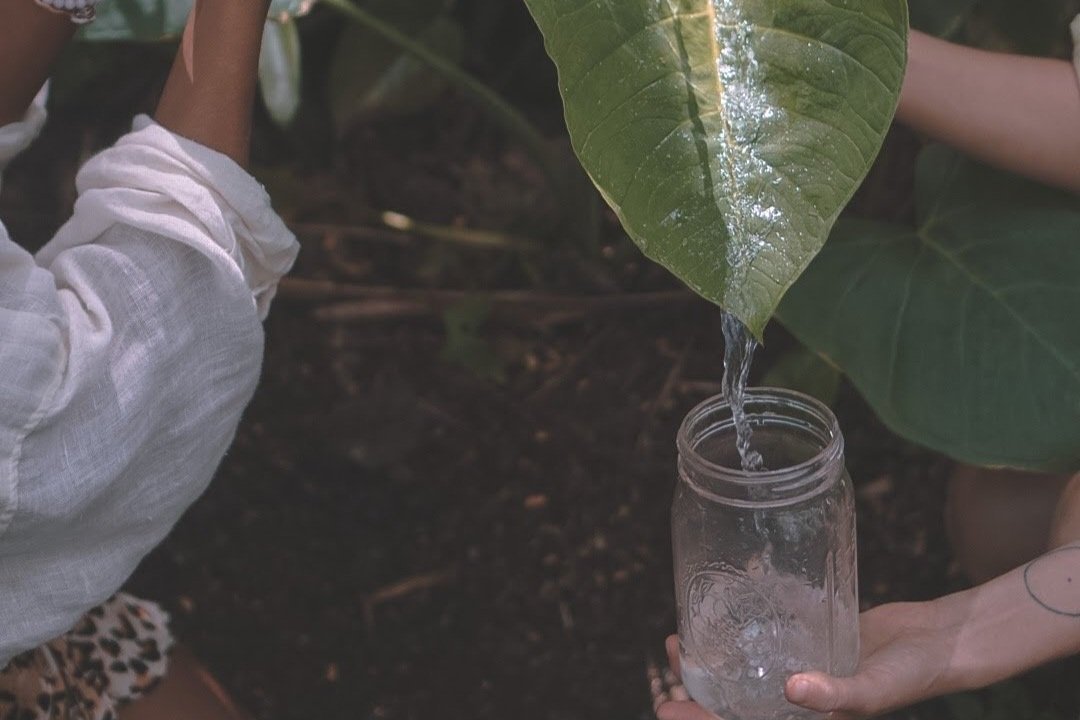
Help end the single use plastic epidemic
Ionized water x environmentally conscious lifestyle.
Plastic sucks.
Here are some messed up facts about it:
• Around 380 million metric tons of plastic is being produced yearly of which 50% is for single use items.
• 80% of plastic produced ends up in landfills and other parts of the environment
• At least 14 million tons of which ends up in our oceans every year
• It can take up to 600 years for plastics to biodegrade
• The average household uses 390kg of plastic each year. Less than 12% of that’s recycled
• Microplastics have been detected in human blood AND deep in the lungs of living people
But it’s not just plastic that’s the problem..
Chemicals suck.
Let’s not forget the environmental impact of the chemicals in skin care, cleaning products and on our fruit and veggies being rinsed down the drain and into our water sources.
Water treatment centres are unable to filter out these harsh chemicals and as a result, over 100 different chemicals have been detected in our tap water and eco-system.
We are in a global pollution crisis. Thankfully, there’s an alternative..
Investing in a water ionizer.
Environmental health x global reach
I studied Environment Science (Management and Sustainability) graduating with distinctions, which gave me the tools to effectively evaluate how impactful this machines full potential is. And let me tell you.. it’s potent.
It’s all because of the revolutionary technology x global distribution. These water ionizers helps eliminate more than 90% of all plastics and toxins in your house. As well as effectively removing pesticides from produce. All of which reduce yours and the environments exposure to harmful chemicals and microplastics and move you one step closer to an eco-friendly, low-tox life. The fact that it can be distributed world wide significantly magnifies these positive social and environmental impacts.
Save money. Save earth.
I did a cost analysis break down assessing just 9 of the 68+ uses. The results were astounding..
This is what an average person spends per year on the following:
• cleaning supplies: $95/year
• beauty products (facial cleaners, toners, moisturizers): $2,100/year
• average on bottled water: $1,560/year
• average on laundry detergent: $300/year:
That’s $4,055 per year. $4,055 you could be saving.
Multiply that by 25 years - the minimum life span of machine - you get a whopping $101,375 in savings.

One time investment
=
$101,375 in savings
+
abundant earning potential
minimal effort.
maximum impact.
simply by switching waters.
At Freedom on Tap we want to prove that living sustainably doesn’t have to be an inconvenience or costly, in fact that it’s quite the opposite. We want to spread this message globally through education, advocacy and building connections.
Types of water + different household uses:
-
Strong Water preserves hygiene in your daily life due to its strong cleaning effect:
• Removes pesticides from produce
Degreaser
• Stain Remover
• Dish + laundry soap
• Aids chemotherapy process
• Make up remover -
This electrolytically-reduced water works to restore your body to a more alkaline state.
• Aids weight loss
• Improves muscle recovery
• Increases extractability potential -
• Neutral water
• Free of chlorine and rust
• Increases medication absorption
-
• Face Wash + toner
• Hair conditioner + curl product
• Glass + floor cleaner
-
• Clean + reduce germs
• Disinfect surfaces and wounds
• Antibacterial soap
• Acne treatment
Live greener
These are just some of the 68+ household uses this machine offers.
Enhance your life by making it easier than ever to live greener.
If you want the full list of uses or want to know more about how you can work remotely distributing these machines, chuck me your email below.
Giving back.
Freedom on Tap is currently giving 5% of all earnings to water.org a not-for-profit that’s breaking down the financial barriers between people living in poverty and access to safe water and sanitation. To date they have helped more than 51 million people around the world.
https://plasticoceans.org/the-facts/
https://dpw.lacounty.gov/epd/plasticbags/articles/googobits_07-21-05.pdf
https://www.iucn.org/resources
https://www.sciencedirect.com/science/article/pii/S0160412022001258
https://www.sciencedirect.com/science/article/pii/S0048969722020009?via%3Dihub
https://www.whoi.edu/fileserver.do?id=107364&pt=2&p=88817
https://www.wwf.org.au/get-involved/plastics#gs.hkw648 References.












